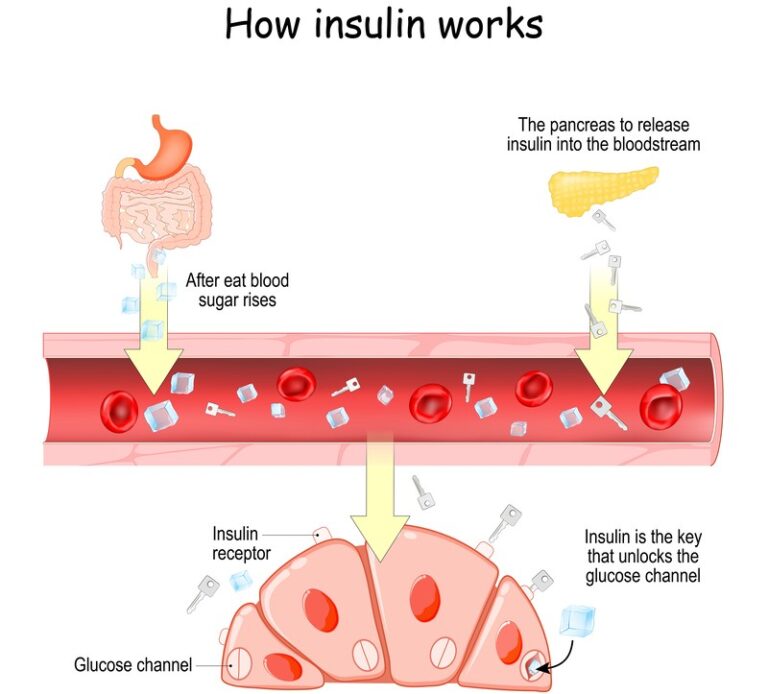Pancreatic Tumour Imaging
Pancreatic cancer remains one of the most challenging malignancies to detect and manage due to its asymptomatic early stages and complex anatomical location. Imaging plays a pivotal role in the diagnosis, staging, and monitoring of pancreatic tumours, providing critical insights into tumour characteristics and aiding in therapeutic decision-making.
Imaging Modalities for Pancreatic Tumours
Ultrasound (US):
Ultrasound is often the first imaging technique employed due to its accessibility and non-invasive nature. Transabdominal ultrasound is particularly useful in detecting large tumours and associated bile duct dilatation. However, its sensitivity is limited by factors such as the patient’s body habitus and the deep retroperitoneal position of the pancreas. Endoscopic ultrasound (EUS), a more specialised approach, offers higher resolution and facilitates fine-needle aspiration (FNA) for cytological examination.
Computed Tomography (CT):
Contrast-enhanced multidetector CT is the gold standard for evaluating pancreatic tumours. It allows detailed tumour size, location, and vascular involvement assessment, which is essential for staging and surgical planning. The pancreatic protocol CT, incorporating both arterial and venous phases, improves tumour delineation and detection of metastases.
Magnetic Resonance Imaging (MRI):
MRI and MR cholangiopancreatography (MRCP) are invaluable in assessing soft tissue contrast and delineating pancreatic duct abnormalities. Diffusion-weighted imaging (DWI) enhances the detection of small lesions and metastatic deposits. MRI is particularly advantageous in patients with contraindications to CT contrast agents, such as renal impairment.
Positron Emission Tomography (PET):
18F-fluorodeoxyglucose (FDG) PET, often combined with CT (PET/CT), is used to identify metabolically active tumours and metastatic disease. While not routinely employed in initial diagnosis, PET/CT provides functional imaging data that complements anatomical imaging and is particularly useful in monitoring treatment response.
Challenges in Pancreatic Tumour Imaging
Pancreatic tumours, particularly ductal adenocarcinomas, often present with ill-defined margins and mimic benign conditions such as chronic pancreatitis. Differentiating between inflammatory and malignant masses remains a diagnostic challenge. Additionally, small or cystic lesions, including intraductal papillary mucinous neoplasms (IPMNs), require careful characterisation to determine their malignant potential.
Emerging Techniques
Advancements in imaging technology, such as radiomics and artificial intelligence, hold promise in improving the accuracy of pancreatic tumour detection and characterisation. These techniques leverage quantitative imaging data to predict tumour behaviour, aiding personalised treatment approaches. Furthermore, molecular imaging probes targeting specific biomarkers are under investigation to enhance sensitivity and specificity.
Conclusion
Pancreatic tumour imaging is integral to improving outcomes in a disease with a notoriously poor prognosis. By integrating advanced imaging modalities and emerging technologies, clinicians can achieve earlier detection, precise staging, and better treatment monitoring, ultimately enhancing patient care.
You are here:
home » Pancreatic Tumour Imaging

